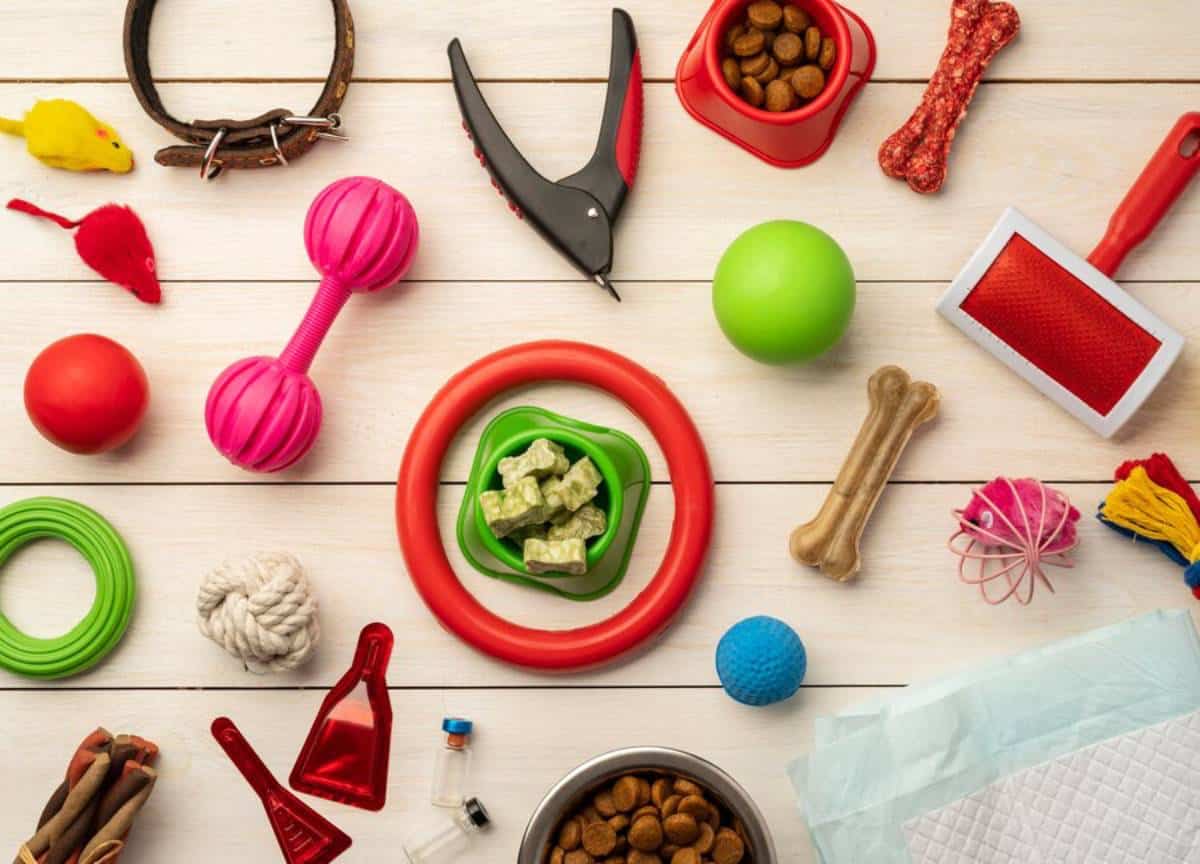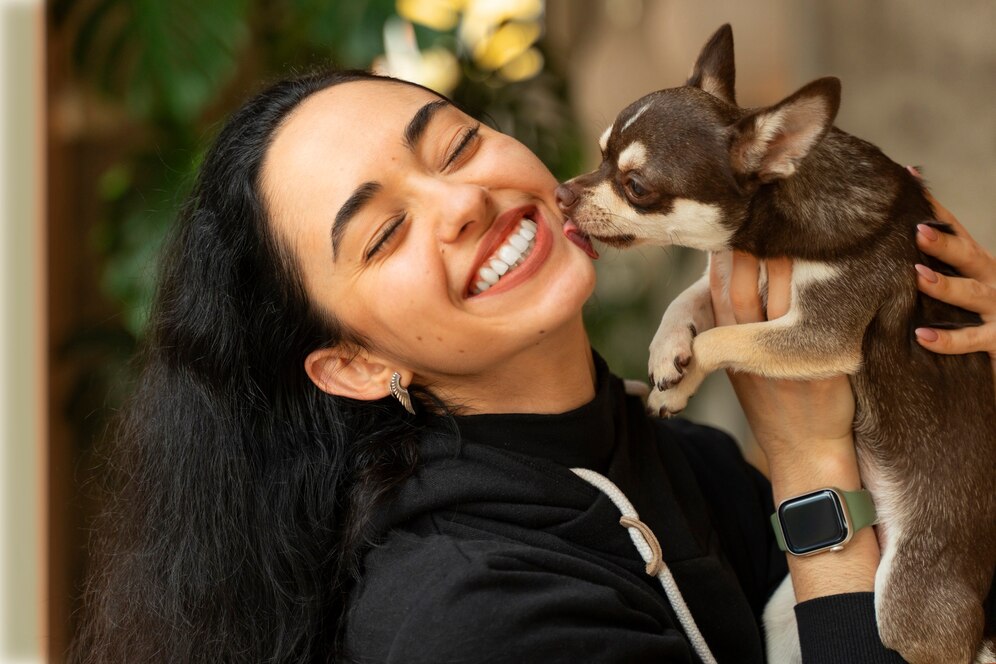
Puzzle Toys That Challenge Your Pet’s Mind
Exercise is important for pets—but so is brainwork. Just like people, pets need more than physical activity to stay happy and healthy. That’s where pet puzzle toys come in.
These clever interactive pet toys provide fun challenges that keep your dog or cat thinking, problem-solving, and learning. Whether it’s working for a treat or solving a shape-based puzzle, these toys offer hours of mental stimulation for pets.
In this article, we’ll explore the benefits of puzzle toys, the different types available, and some of the best options for keeping your furry friend’s mind sharp and engaged.
Why Mental Stimulation Matters
Pets that don’t get enough mental stimulation can become bored, anxious, or even destructive. Keeping their minds active is just as essential as daily walks or playtime.
Benefits of mental stimulation:
- Reduces boredom and unwanted behaviours
- Builds confidence and focus
- Encourages natural instincts like sniffing, foraging, and problem-solving
- Helps burn off extra energy, especially in high-energy breeds
- Strengthens the bond between pet and owner through shared activity
Think of puzzle toys as brain workouts—with rewards!
How Puzzle Toys Work
Pet puzzle toys are designed to challenge your pet’s mind through exploration, trial and error, and reward-seeking behaviour and many involve treats or food hidden inside, which motivates your pet to interact and figure out how to access the goodies.
Puzzle toys can involve:
- Lifting or sliding covers
- Rotating or pushing compartments
- Nudging objects to release treats
- Solving physical problems like opening a lid or flipping a latch
As your pet plays, they learn patterns and build confidence in their problem-solving abilities.

Puzzle Toys for Dogs
Dogs are natural problem solvers. From sniffing out scents to chewing and tugging, they love a challenge.
1. KONG Classic
A staple for many dog owners; fill it with kibble, peanut butter, or frozen treats to keep your pup engaged.
Great for: Chewers, food-motivated dogs, and crate training
2. Outward Hound Hide N’ Slide
This plastic puzzle has sliding and spinning compartments; it encourages sniffing and pawing to reveal hidden treats.
Great for: Beginner to intermediate problem-solvers
3. Trixie Activity Flip Board
This toy offers several puzzles in one—flaps, sliders, and lift-up cones.
Great for: Small to medium dogs who like a variety of challenges
4. Snuffle Mats
These mats mimic the feeling of foraging in the grass and hide dry food or treats between the fabric strips.
Great for: Scent-driven breeds like hounds or spaniels
5. Nina Ottosson Puzzle Toys
Highly rated interactive games with multiple levels of difficulty; choose from rotating discs, compartments, or pop-out pieces.
Great for: Dogs that have mastered simpler toys and need more of a challenge
Puzzle Toys for Cats
Cats might not play fetch, but they’re clever hunters who love problem-solving; puzzle toys can tap into their natural curiosity and prey drive.
1. Catit Senses 2.0 Digger
A treat puzzle that encourages cats to “dig” with their paws to retrieve food from narrow tubes.
Great for: Slowing down fast eaters and encouraging play at mealtime
2. Trixie Brain Mover for Cats
With drawers, sliders, and knobs, this toy tests your cat’s memory and coordination.
Great for: Highly food-motivated or curious cats
3. Doc & Phoebe’s Indoor Hunting Feeder
Break up your cat’s meals into small, mouse-shaped toys that mimic real hunting.
Great for: Cats prone to boredom or overeating
4. LickiMats
Spread soft treats (like yoghurt or wet food) over the textured surface; cats lick the treat out slowly, calming them and extending snack time.
Great for: Nervous cats or those that eat too fast
5. Interactive Ball Dispensers
Some toys roll or bounce as your cat plays; slowly releasing treats keeps playtime exciting and unpredictable.
Great for: Active cats that like to chase
Tips for Using Puzzle Toys
To get the most out of interactive pet toys, keep sessions positive, rewarding, and tailored to your pet’s ability level.
Tips for success:
- Start easy: Choose simpler puzzles at first to avoid frustration
- Supervise play: Especially for new toys or if your pet tends to chew
- Use healthy treats: Or portion part of your pet’s regular meal for puzzle play
- Rotate toys: To keep things fresh and challenging
- Praise and encourage: Cheer them on when they figure it out
Remember, the goal isn’t just to keep them busy—it’s to help them learn and enjoy the challenge.
DIY Puzzle Toy Ideas
You don’t need to spend a lot to provide mental stimulation for pets; with a few household items, you can create your own brain games at home.
Easy DIY ideas:
- Muffin tin puzzle: Place treats in a muffin tin and cover with tennis balls
- Toilet roll treasure hunt: Hide kibble inside cardboard tubes and fold the ends
- Towel roll-up: Wrap treats in a towel and let your pet sniff and unravel it
- Plastic bottle puzzle: Cut holes in a bottle and fill it with kibble—let your pet roll it to get treats
- Box dig: Fill a box with crumpled paper or toys and hide treats underneath
These quick projects are fun, low-cost, and still give your pet a great mental workout.
When to Use Puzzle Toys
Incorporating puzzle toys into your pet’s daily routine keeps their mind sharp and provides positive outlets for energy.
Ideal times to offer puzzle toys:
- When you leave the house: Helps reduce separation anxiety
- Rainy or cold days: Keeps them entertained indoors
- During crate time: Offers enrichment in small spaces
- At mealtime: Slows down eating and makes food more rewarding
- After training: As a way to wind down while still engaging the brain
Even 15 minutes of puzzle play a day can make a big difference in your pet’s behaviour and well-being.

Final Thoughts: Happy Minds, Happy Pets
Pet puzzle toys aren’t just about fun—they’re about giving your pet a richer, more fulfilling life; whether you have a clever pup, a curious kitten, or a senior pet who needs low-impact stimulation, there’s a puzzle toy out there to match.
By offering regular interactive pet toys and rotating in new challenges, you provide the kind of mental stimulation for pets that leads to calmer behaviour, stronger bonds, and a lot of tail wags (or purrs); so turn treat time into a brain game and your pet will thank you for it!